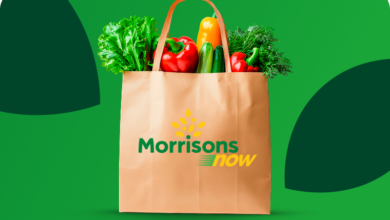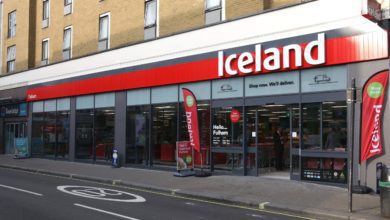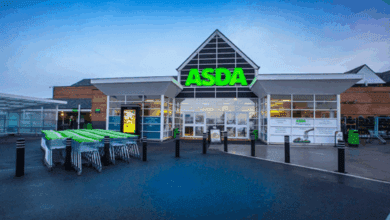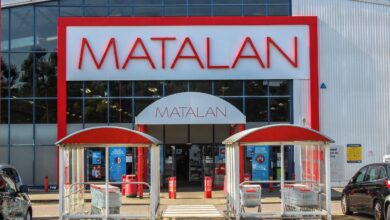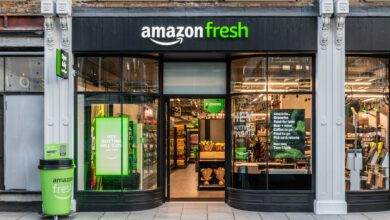Grocery price inflation hits new peak, Kantar finds
Asda returned to growth during the period with its sales rising by 0.2% to take its market share to 13.9%
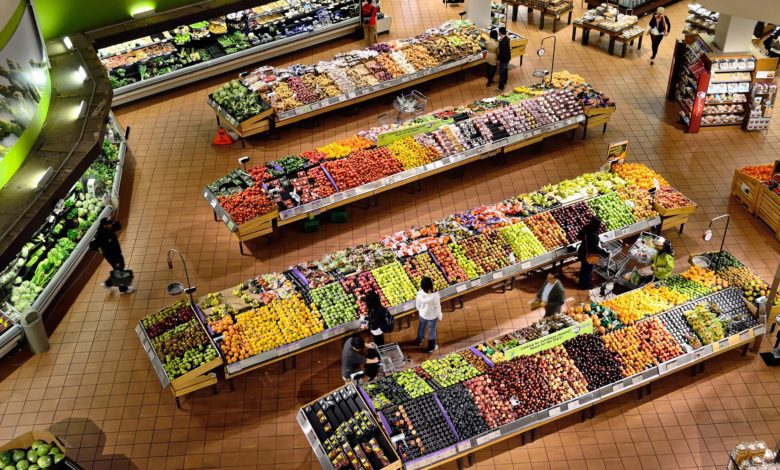
Register to get 1 more free article
Reveal the article below by registering for our email newsletter.
Want unlimited access? View Plans
Already have an account? Sign in
Supermarket sales rose by 2.2% in the 12 weeks to 7 August according to the latest take-home grocery figures from Kantar, despite grocery price inflation hitting 11.6% – the highest level since Kantar first started tracking the data this way in 2008.
During the period, Lidl remained the fastest growing grocer, with sales up by 17.9% over the latest 12 weeks, raising its market share to 7%.
Boosted by the popularity of its dairy goods and bakery lines, Kantar said this is the retailer’s highest rate of growth since September 2017. Aldi also performed strongly, and its market share increased by 0.9 percentage points to 9.1%. Together Lidl and Aldi have gained 1.8% of British grocery sales over this period, representing a £2.3bn annual shift in spending towards the discounters.
Kantar also found Asda returned to growth during the period with its sales rising by 0.2% to take its market share to 13.9%. Meanwhile Tesco’s sales also increased by 1% and it has 26.9% of the market. Sainsbury’s and Morrisons’ shares stand at 14.8% and 9.3% respectively, while Waitrose holds 4.6% of the market.
In addition, Ocado bucked the overall online sales decline, growing by 6.2% as it attracted new shoppers outside its traditional demographic. Co-op’s sales rose by 0.4% giving it 6.5% of the market while Iceland’s grew by 2.8%.
Fraser McKevitt, head of retail and consumer insight at Kantar, said: “As predicted, we’ve now hit a new peak in grocery price inflation, with products like butter, milk and poultry in particular seeing some of the biggest jumps. This rise means that the average annual shop is set to increase by a staggering £533, or £10.25 every week, if consumers buy the same products as they did last year.
“It’s not surprising that we’re seeing shoppers make lifestyle changes to deal with the extra demands on their household budgets. Own-label ranges are at record levels of popularity, with sales rising by 7.3% and holding 51.6% of the market compared with branded products, the biggest share we’ve ever recorded.”


